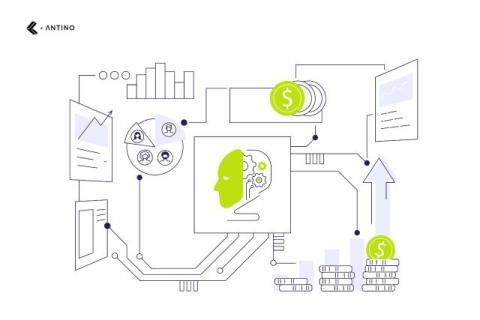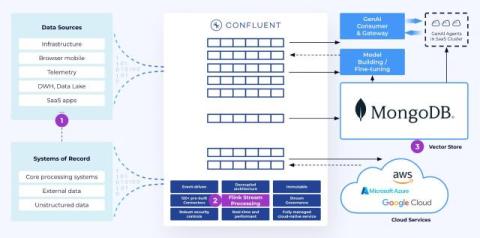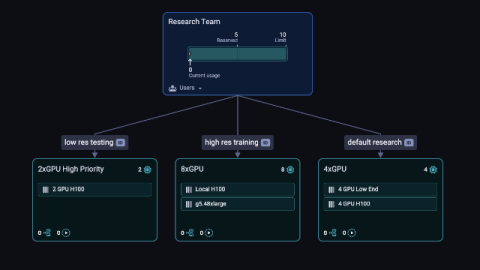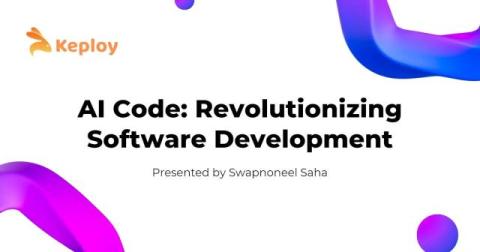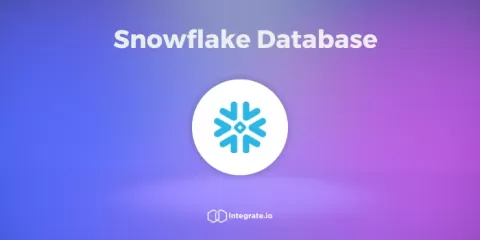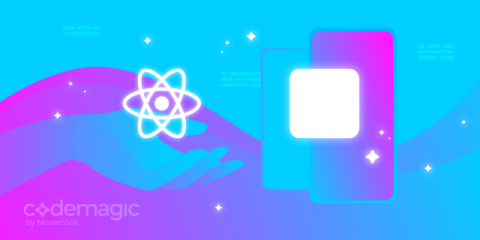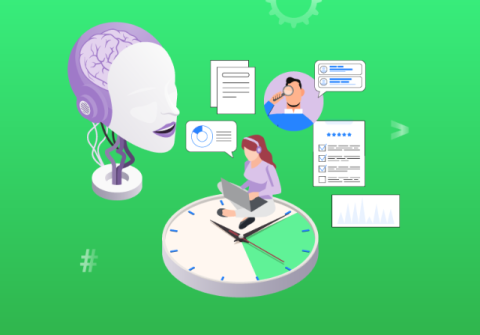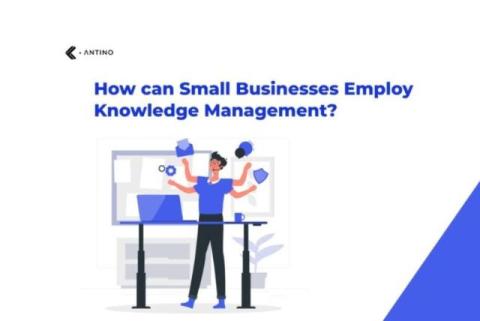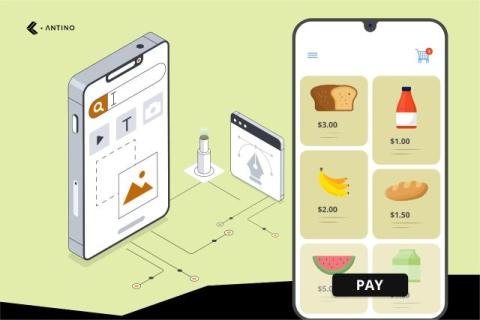AI in FinTech Market: Everything you need to know
AI has been making waves in all industries, including FinTech. Not hearing this for the first time? Well, we know how much you’re already aware about AI and its applications. But do you know to what extent AI is futurizing the FinTech world? You better not just read, take a look at what statistics say… In 2023, AI in FinTech sector was valued at approximately 42.83 billion USD, increasing to 44.08 billion USD by 2024.


